shrubs/hedges for hiding purposes
peckle918
14 years ago
Related Stories
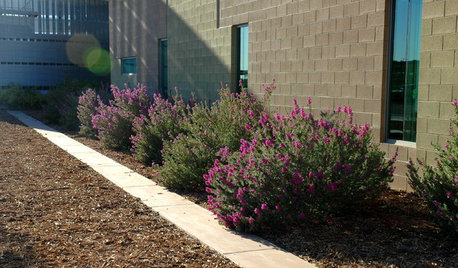
GARDENING GUIDESHow to Avoid Overcrowded, Overpruned Shrubs
Go for a more natural look that’s easier and less expensive to maintain by giving your plants the right amount of growing room
Full Story
GARDENING GUIDES9 Low-Growing Hedges That Make Good Neighbors
Define garden areas or borders without blocking the view, with these evergreen shrubs that take kindly to trimming
Full Story
GARDENING GUIDES8 Native Shrubs for Year-Round Bird Feeding
It’s not just about berries. These plants provide insects for birds and seasonal interest for gardeners
Full Story
GARDENING GUIDES10 Cold- and Heat-Tolerant Perennials and Shrubs for the Arid West
These flowering native plants shrug off the cold of winter and heat of summer while adding beauty to the drought-tolerant landscape
Full Story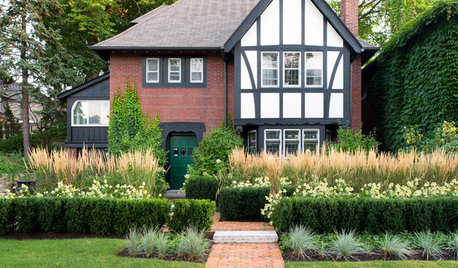
LANDSCAPE DESIGNHow Low Can Hedges Go? Discover Unusual Garden Borders
Short enough to step over, high enough to be a stretch ... check out these radically different hedge styles and tell us your opinion
Full Story
MOST POPULAR5 Ways to Hide That Big Air Conditioner in Your Yard
Don’t sweat that boxy A/C unit. Here’s how to place it out of sight and out of mind
Full Story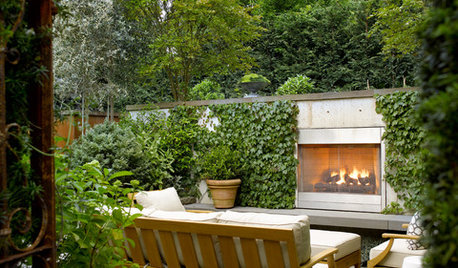
GARDENING AND LANDSCAPINGClimbing Plants Suit Small Gardens
Use climbing foliage and flora to blur garden planes, hide unsightly features and soften imposing landscape boundaries
Full Story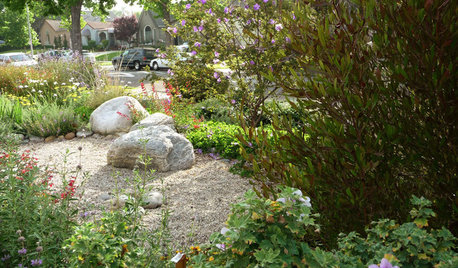
GARDENING GUIDESGreat Design Plant: Dodonaea Viscosa
Florida hopbush’s lush foliage adds beauty to the arid landscape, while its size provides screening and privacy
Full Story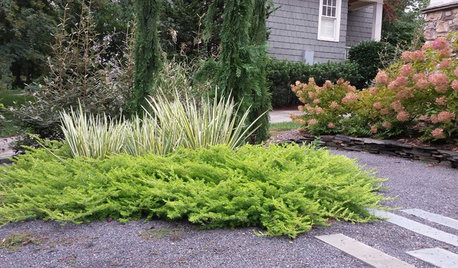
PLANTING IDEASThese Aren’t Your Grandparents’ Junipers
Dislike junipers? Maybe it’s time to discover new varieties and new uses for this garden workhorse
Full Story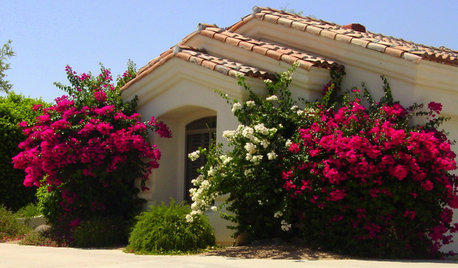
LANDSCAPE DESIGNGreat Design Plant: Sun-Loving Bougainvillea Showers Yards With Color
Bring unbeatable vibrancy to a garden or wall with this unfussy and trainable shrub packed with colorful bracts
Full Story





leslies
annebert
Related Professionals
Harvey Landscape Architects & Landscape Designers · Hartford Landscape Contractors · Brookfield Landscape Contractors · Fairfield Landscape Contractors · Fort Myers Landscape Contractors · Inglewood Landscape Contractors · Middle River Landscape Contractors · Mission Landscape Contractors · Nashua Landscape Contractors · Royal Oak Landscape Contractors · Setauket-East Setauket Landscape Contractors · Suitland Landscape Contractors · Vacaville Landscape Contractors · Lebanon Siding & Exteriors · Riverside Siding & Exteriorseibren